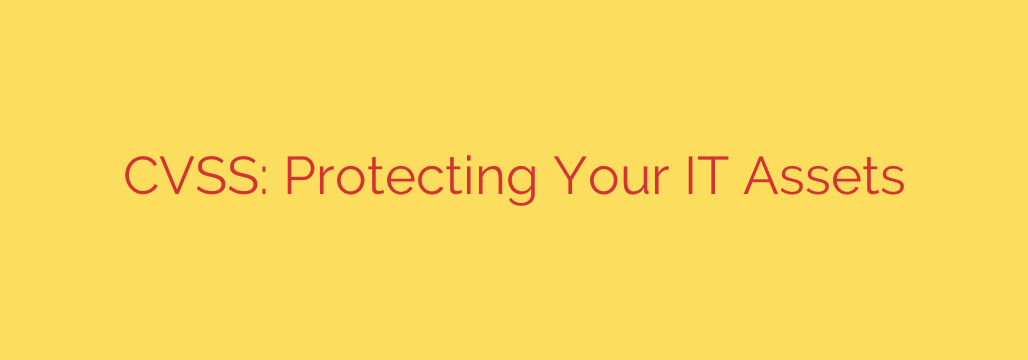
Understanding CVSS: Your Shield Against IT Vulnerabilities
In today’s digital landscape, safeguarding your IT assets is paramount. With cyber threats constantly evolving, understanding and utilizing effective vulnerability assessment tools is no longer optional – it’s a necessity. Enter the Common Vulnerability Scoring System, or CVSS. This standardized system provides a numerical score representing the severity of a vulnerability, allowing you to prioritize and address potential risks effectively.
What is CVSS and Why Does It Matter?
CVSS offers a consistent and open framework for communicating the characteristics and impact of IT vulnerabilities. Think of it as a universal language for describing security flaws. A CVSS score is calculated based on a variety of factors, providing a granular representation of risk. This score then translates into a severity rating – such as “Low,” “Medium,” “High,” or “Critical” – making it easy to understand the potential impact of a vulnerability at a glance.
Decoding the CVSS Metrics: A Foundation for Informed Decisions
The CVSS score is determined by a combination of three metric groups:
Base Metrics: These reflect the intrinsic characteristics of the vulnerability itself, such as its attack vector (how it’s exploited), attack complexity (how easy it is to exploit), and the privileges required to carry out an attack. They also detail the scope of the impact, considering factors like confidentiality, integrity, and availability of affected systems.
Temporal Metrics: These account for factors that change over time, such as the availability of exploit code or the existence of official patches or workarounds. This is crucial because a vulnerability with a high base score might be less of a threat if a reliable patch is readily available.
Environmental Metrics: These are the most tailored to your specific environment. They allow you to consider the criticality of the affected asset within your organization and any compensating controls you have in place. This ensures that your response aligns with your unique risk profile.
Practical Application: Using CVSS to Strengthen Your Security Posture
Understanding CVSS is only the first step. The real power lies in effectively using this information to prioritize and remediate vulnerabilities. Here’s how:
Prioritize Vulnerability Management: Focus your resources on addressing vulnerabilities with the highest CVSS scores first, particularly those marked as “Critical” or “High.”
Consider Temporal Metrics: Check if patches or workarounds exist. Implementing these mitigations can significantly reduce the risk, even for vulnerabilities with high base scores.
Tailor Remediation Based on Environmental Metrics: Consider the criticality of the affected system. A vulnerability in a critical server requires immediate attention, while a vulnerability in a less critical system might be addressed later. Ask yourself, “what data does this system contain?” and “What would be the business impact if this system was unavailable?”.
Integrate CVSS into Your Security Tools: Many vulnerability scanners and security information and event management (SIEM) systems incorporate CVSS scores. Leverage these integrations to automate vulnerability prioritization and response.
Security Tip: Regularly review and update your vulnerability management process to ensure that you are effectively identifying, prioritizing, and remediating vulnerabilities. Implement a process to routinely scan systems for known vulnerabilities and use CVSS scores to guide your remediation efforts.
By understanding and actively utilizing the Common Vulnerability Scoring System, you can significantly improve your organization’s ability to protect its IT assets and mitigate the risks posed by ever-present cyber threats. Don’t just react to threats; proactively manage them with the power of CVSS.
Source: https://www.kaspersky.com/blog/cvss-4-base-evolution/53825/








